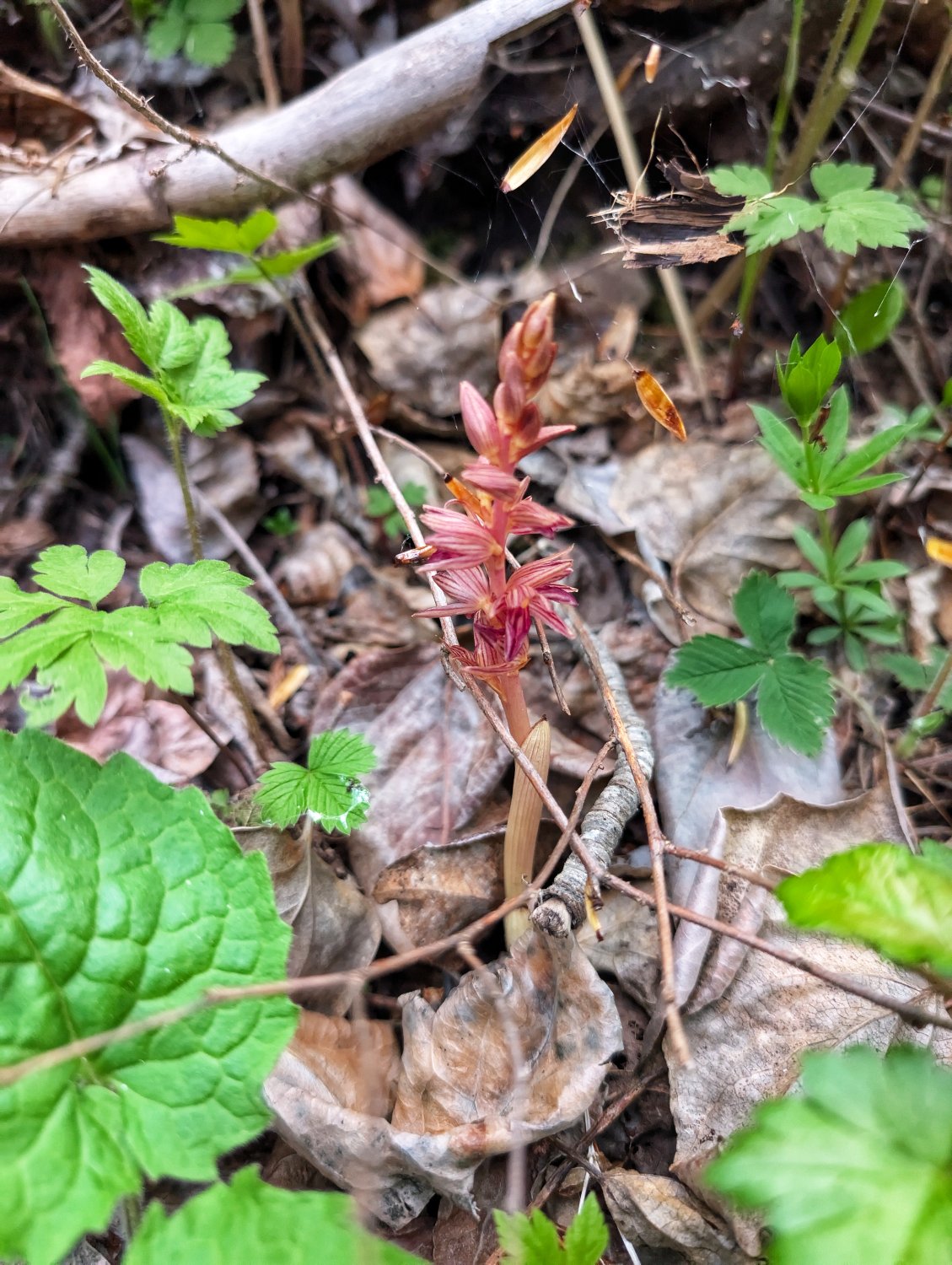Really interesting to see that little goat trail devoid of lichen in the second photo. I assume this is the path most people and animals tread when walking up the slabs.
9ft would usually be accumulative over the course of a winter, it snows for 5 or 6 months in northern BC, but we did get 6ft in 2 days once and that was a shit show. I would give the Letharia dye another try, the last time I did it I don't think I used a mordant but you could use alum or something. I would skip the pressure cooker and just do a hot water bath, then you don't felt your wool socks down into little baby boots.
We typically get a lot of snow, sometimes 9ft in a single winter or more but the last few years have been pitiful. This was at a slightly higher elevation (I am at about 500 metres). I often see people in washington and oregon find this mushroom throughout the winter, I thought it would be later for my area but not the beginning of June.












Member of Parmeliaceae, not sure what exactly.
Not sure why phone manufacturers are forcing this level of automatic post processing when most people just want a mostly clear/focused photo. Not sure if that what is going on but sometimes I am really surprised by the photos my phone gives me